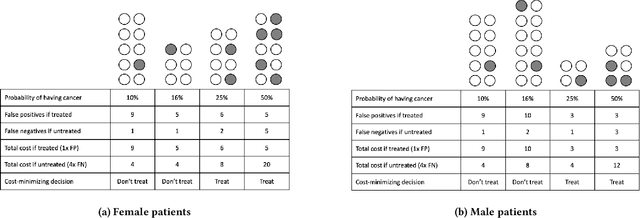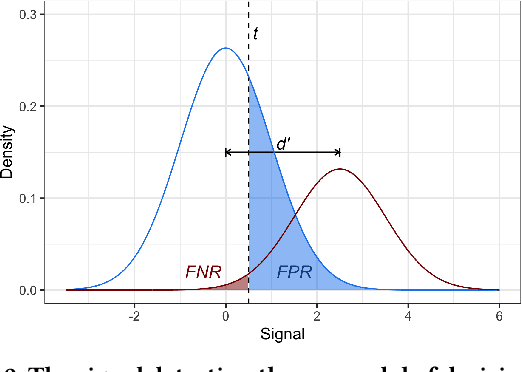Joaquin Quiñonero Candela
OpenAI o1 System Card
Dec 21, 2024



Abstract:The o1 model series is trained with large-scale reinforcement learning to reason using chain of thought. These advanced reasoning capabilities provide new avenues for improving the safety and robustness of our models. In particular, our models can reason about our safety policies in context when responding to potentially unsafe prompts, through deliberative alignment. This leads to state-of-the-art performance on certain benchmarks for risks such as generating illicit advice, choosing stereotyped responses, and succumbing to known jailbreaks. Training models to incorporate a chain of thought before answering has the potential to unlock substantial benefits, while also increasing potential risks that stem from heightened intelligence. Our results underscore the need for building robust alignment methods, extensively stress-testing their efficacy, and maintaining meticulous risk management protocols. This report outlines the safety work carried out for the OpenAI o1 and OpenAI o1-mini models, including safety evaluations, external red teaming, and Preparedness Framework evaluations.
Fairness On The Ground: Applying Algorithmic Fairness Approaches to Production Systems
Mar 24, 2021

Abstract:Many technical approaches have been proposed for ensuring that decisions made by machine learning systems are fair, but few of these proposals have been stress-tested in real-world systems. This paper presents an example of one team's approach to the challenge of applying algorithmic fairness approaches to complex production systems within the context of a large technology company. We discuss how we disentangle normative questions of product and policy design (like, "how should the system trade off between different stakeholders' interests and needs?") from empirical questions of system implementation (like, "is the system achieving the desired tradeoff in practice?"). We also present an approach for answering questions of the latter sort, which allows us to measure how machine learning systems and human labelers are making these tradeoffs across different relevant groups. We hope our experience integrating fairness tools and approaches into large-scale and complex production systems will be useful to other practitioners facing similar challenges, and illuminating to academics and researchers looking to better address the needs of practitioners.
 Add to Chrome
Add to Chrome Add to Firefox
Add to Firefox Add to Edge
Add to Edge